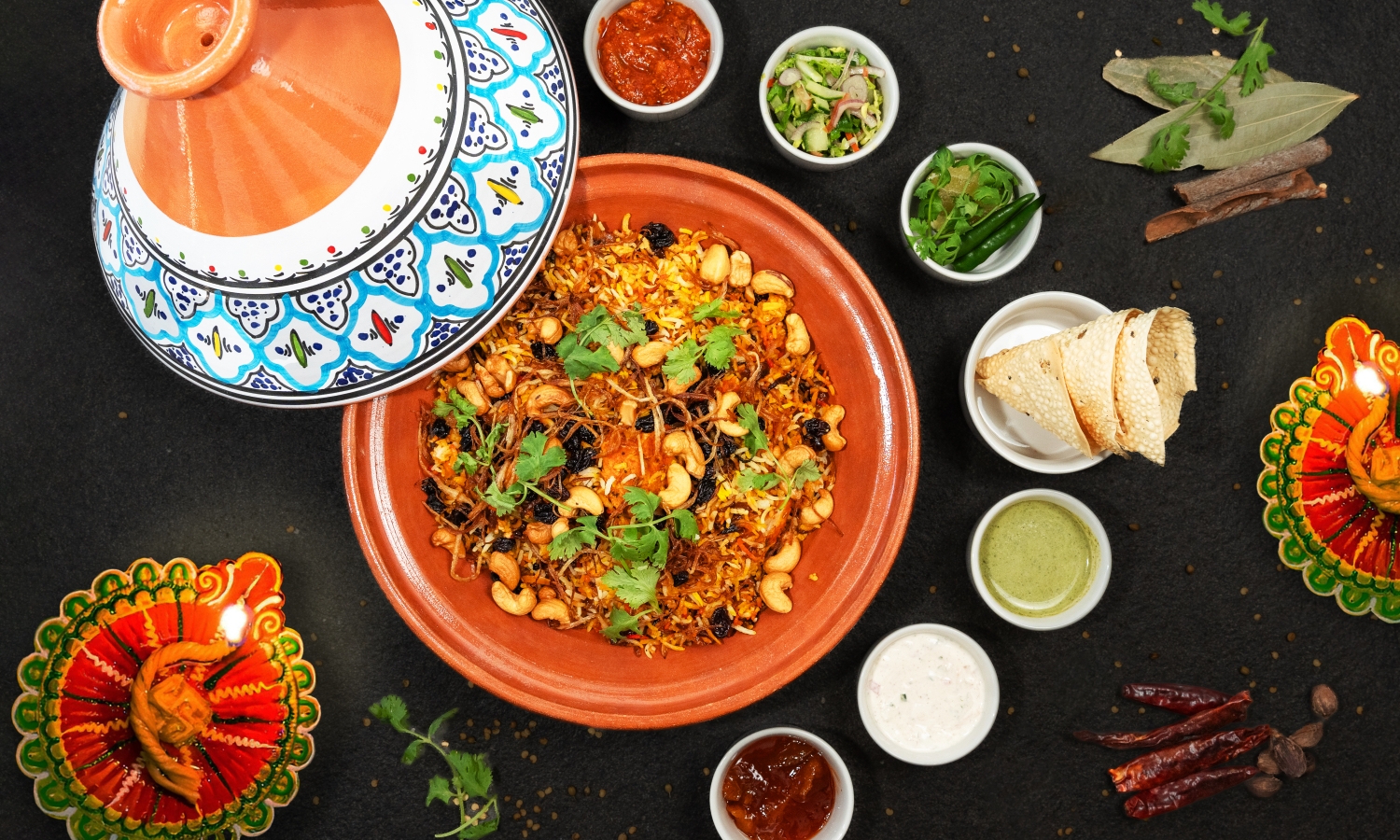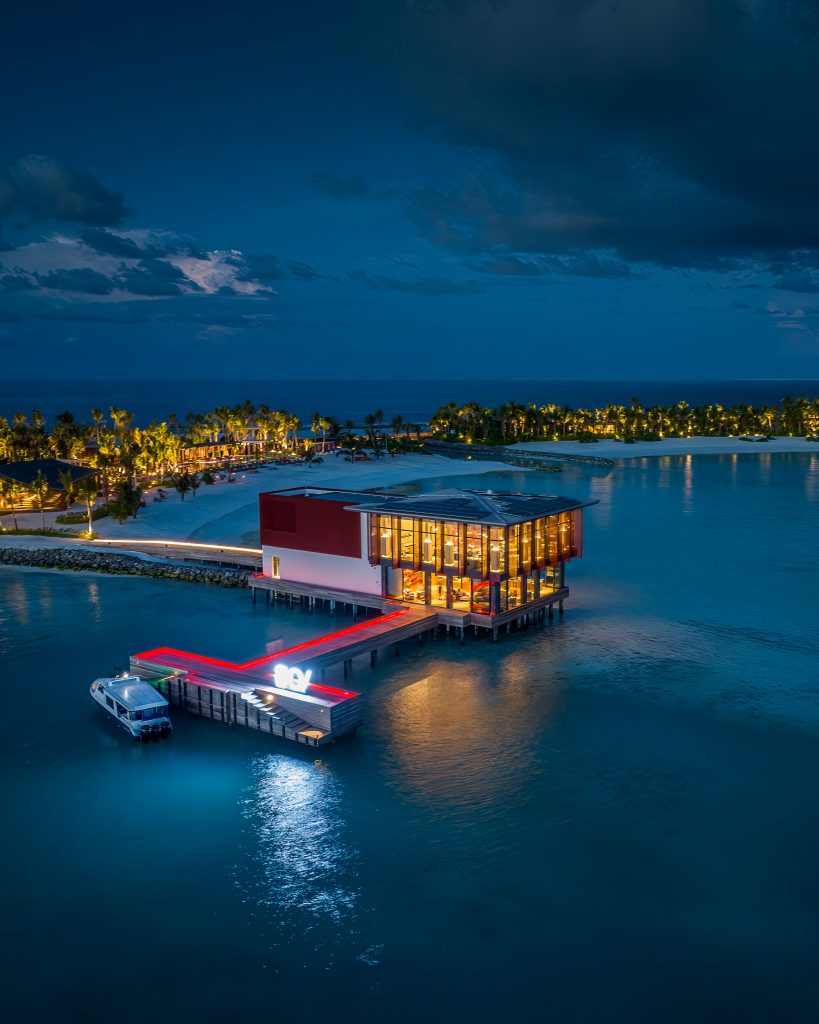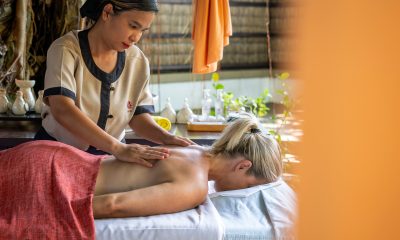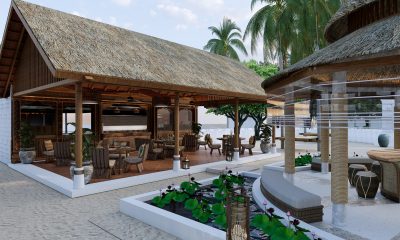Culture
Local livelihood, games, activities in Maldives

The culture of Maldives is an amalgamation of various other cultures. Some of the traditional practices constitute elements of other origins but are unique in their own special ways.
As we are currently going through a challenging time, it is vital for families to come together and engage in thought-provoking and interesting games and activities to keep the worries at bay.
Today, we will take a look at some traditional Maldivian games and activities everyone can be a part of.
Gan’du Fillaa
Gan’du Fillaa is an easy and simple game that several generations of people have enjoyed. It is often played indoors and requires readily available items in the house. The rules, customs and the sing-sung words announced by the guesser have barely changed over the last few years.The objective: Guess who is hiding inside the “gan’du”
Equipment: Bed, a big blanket, pillows and any other items
Number of players: Three+
How to play: One person steps out and away from the main playing area, often a bedroom. That would be called the “guesser.” When he steps out, the remaining players decide who should hide inside the blanket, which is called the “gan’du.” The others assist in putting pillows and any other items around and on top of the person laying down, before covering him with the blanket. Once it is done, the remaining players hide in various parts of the room. Usually, the players hide inside the bathroom or closet if the room does not have any other hiding spots. Anyone can call upon the guesser to come back. The guesser comes back and sings “gan’du heley heley heley” and when he does, the person inside has to shake but he cannot utter a single word. Then, the guesser guesses who the individual is. If he gets it correct, he gets to join the team and the person inside the gan’du becomes the new guesser. If he gets it wrong, he has to go back and a new round starts again.
Thin Hama
Thin Hama is a strategic board game. Traditionally, the grid would be drawn on a wooden square and players would use “boli” (shells) and “madhoshi” (a red seed) from “madhoshi gas” (Adenanthera Pavonina) commonly found in the Maldives. It is a game that has existed for several generations, with our forefathers having stories of their forefathers teaching them this thought-provoking game.
Objective: To make three in a row in order to get the opponents pieces
Equipment: A grid, nine pieces of any two items (buttons, shells, seeds, pebbles, two different coloured paper cut into circles, etc)
Number of players: Two
Preparation: Get a piece of paper and draw the grid. There are three squares – the outer, middle, and the inner square. Connect them with a line from each corner and from the middle of each side.
How to play: Each player gets a turn to place their items on the grid one-by-one until all 18 pieces are on the board. These pieces can be placed anywhere the lines intersect, but not three in a row until all pieces are on the grid. Once the pieces have been placed, take turns to move the items vertically and horizontally, but not diagonally along the grid. You can only move the pieces to an empty intersection. Once the player gets three in a row, they can remove any one piece from the opponent and continue, letting the opponent start off. The player wins when the opponent has only two pieces left on the board.
Dance steps for Bodu Beru
Bodu Beru literally translated to big drums in Dhivehi – “Bodu” for big and “Beru” for drums. Bodu Beru songs are usually performed by five-seven individuals with drummers and singers who provide backing vocals accompanied by various other instruments and the main singer. However, the most noticeable part of Bodu Beru performances would be the dancers who display distinct steps for different songs; there are no strict rules followed but a basic pattern exists for all types of songs.
The feet move to the beat of the drums. Every beat is a step forward, to the side or the back. These steps can be used to turn, walk or even move around.
The hands accompany the feet – swaying and moving to the beat of the drums. It can be moved to the voice of the singer as well.
The rest of the body can be utilised to accompany the other parts. You can move your hips, lean down, and twist and turn to support your flow.
Dancing to Bodu Beru would be completely letting go of yourself and surrendering to the beat. All Bodu Beru songs start slow, but gradually increase and end with a very fast drumming session where the performers and viewers can dance in any way they want. The beauty of this is that there is no right or wrong way to do it – the main purpose of Bodu Beru is to let go, enjoy and have loads of fun.
Culture
SO/ Maldives illuminates Diwali with culinary delights, festive spirits, chic island vibes

This Diwali, SO/ Maldives is set to dazzle with a bold celebration that blends cultural tradition with the resort’s signature flair. Guests are invited to indulge in a day of flavor, music, and style, wrapped in the spirit of light and festivity.
The day begins at The Citronelle Club, where guests can immerse themselves in India’s sweetest traditions with a complimentary Gulab Jamun cooking class. This hands-on session not only celebrates the art of crafting one of India’s most iconic desserts but also offers guests a memorable experience of cooking and tasting together in true festive spirit.
Following the workshop, the culinary journey continues with an exclusive tasting of SO/ Maldives’ brand-new Indian à la carte menu. Bursting with bold flavors and modern interpretations, this exciting menu brings a fresh twist to traditional favorites, showcasing dishes designed to delight both seasoned gourmands and those discovering Indian cuisine for the first time.
As the afternoon rolls into evening, the celebrations flow seamlessly to Lazuli Beach Club and The Citronelle Club, where guests can savor the moment with 40% off select premium beverage bottles. Whether shared over a meal or enjoyed as a toast to togetherness, these indulgent pours elevate the festive mood with sophistication.
The evening comes alive with a vibrant lineup of cultural and family-friendly activities. Guests can express their creativity at a Family Diya Workshop, lighting up the night with personalized clay lamps that symbolize joy and prosperity. At Lazuli Beach Club, a Henna Workshop invites guests to adorn their hands with intricate patterns, while the beachfront transforms into a canvas for a Rangoli experience, where colorful designs bloom in the sand to celebrate the artistry and spirit of Diwali.

No Diwali celebration is complete without a golden-hour glow. At Lazuli Beach, the festivities shine brighter with 50% off saffron martinis during sunset, accompanied by live DJ beats. As the Maldivian sky turns to hues of orange and gold, guests can sip, sway, and soak in an electric yet elegant atmosphere, perfectly in tune with the spirit of Diwali.
“At SO/ Maldives, we reimagine cultural celebrations with a bold, chic island twist. This Diwali, we’ve curated a day that’s all about indulgence, flavors, music, and unforgettable moments,” said Olivier MOIES-DELVAL, General Manager, SO/ Maldives. “It’s about honoring tradition while celebrating in style, surrounded by the natural beauty and energy of the Maldives.”
SO/ Maldives invites guests to light up their Diwali with this one-of-a-kind experience that blends the richness of Indian traditions with the resort’s signature playful luxury.
Celebrate light, flavor, and island chic this Diwali at SO/ Maldives.
Cooking
Malaa – The Maldivian Café: NH Kuda Rah’s new culinary jewel

NH Maldives Kuda Rah has announced the launch of its newest food and beverage outlet, Malaa – The Maldivian Café. Now open to guests, the café offers a taste of authentic Maldivian cuisine alongside interactive Maldivian cooking classes.
Guests staying at NH Maldives Kuda Rah can delve into the country’s rich culinary traditions with guidance from award-winning Executive Chef Farish Mukhthar. With over 22 years of experience in the hospitality and culinary industries across five-star and ultra-luxury resorts in the Maldives, Chef Farish brings a deep-rooted passion and refined expertise to the resort. Trained under renowned European celebrity chefs, he has earned a strong reputation for his culinary artistry.
The café focuses exclusively on authentic Maldivian dishes, using locally sourced ingredients from nearby islands as well as the chef’s own garden within the resort. Cooking classes offer guests the opportunity to prepare classic Maldivian dishes, such as curry and local salads, under the guidance of Chef Farish—culminating in a delicious homemade lunch.
As fish (both fresh and smoked) is the staple of the Maldivian diet, it is often prepared with coconut and rice or roshi (Maldivian flatbread). Other traditional ingredients include breadfruit and sweet potato—versatile and starchy staples that feature in a wide range of local dishes. The cuisine is often boldly spiced, with the fiery Scotch bonnet chilli, locally known as githeyo mirus, playing a central role. This essential chilli, along with herbs grown organically in the resort’s garden, imparts a distinctive heat and fruity flavour to many Maldivian dishes.
While many resorts in the Maldives offer a wide array of international cuisine—ranging from Italian and Japanese to French and Indian—the opportunity to savour authentic local flavours can be one of the most memorable aspects of travel. Malaa – The Maldivian Café provides a unique and immersive dining experience for those curious about Maldivian culinary heritage and the fascinating stories behind its traditional ingredients.
This initiative is part of NH Hotels & Resorts’ broader effort to connect guests with meaningful local experiences through its Live Local programme, under the Minor DISCOVERY loyalty scheme. The programme is designed to offer curated, immersive activities and authentic cultural encounters, allowing guests to engage more deeply with their destination.
Culture
Milaidhoo Maldives invites guests to discover real island living in Kihadhoo

Milaidhoo Maldives, a boutique luxury resort situated within the UNESCO Biosphere Reserve of Baa Atoll, has unveiled its latest signature offering – the Local Island Tour – a meaningful and intimate cultural experience that provides guests with a genuine insight into everyday life in the Maldives.
Nestled amidst the natural splendour of Baa Atoll, celebrated for its vibrant marine biodiversity and unspoilt local islands, this new experience extends beyond the boundaries of the resort. Guests are invited to journey just 15 minutes by boat to Kihadhoo, a serene and authentic island where tradition, community and simplicity remain firmly embedded in daily life.
Upon arrival, visitors are immersed not only in a new landscape but in a slower, more deliberate way of life. Much like the ethos of Milaidhoo, where barefoot luxury is designed to encourage presence and connection, Kihadhoo exudes its own quiet charm – a lifestyle shaped by nature, calm and community. Along its sandy paths, occasionally crossed by a scooter or two, time appears to slow down. It is a place grounded in authenticity and understated beauty.
The experience is personally guided by Ali “CR” Niushad, a Kihadhoo native and esteemed member of the Milaidhoo team. Acting as both host and storyteller, CR offers guests the rare opportunity to experience the island not as tourists, but as warmly welcomed friends. The visit begins with a traditional greeting from local flower girls dressed in Maldivian attire, setting the tone for an encounter steeped in culture and sincerity.
As the tour unfolds, guests are met with the everyday sights and sounds of the island: children waving in the distance, neighbours exchanging greetings, the rhythmic sweep of a broom, the gentle clatter of cooking utensils, and women gathered in joali seats, softly conversing in the afternoon light. A walk through Kihadhoo reveals vividly painted doors on homes – reminiscent of the colourful doors of Milaidhoo’s own villas – reflecting the island’s quiet charm and creative spirit.
This is not a traditional sightseeing excursion; it is an immersion into the heartbeat of island life. Guests enjoy fresh coconuts at a small, family-run café, visit the local school and community centres, and spend time in CR’s family home, sharing stories and perspectives. Each moment is organic, heartfelt, and grounded in sincere human connection.
In an era where travellers increasingly seek meaningful and mindful experiences, Milaidhoo’s Local Island Tour captures the spirit of slow travel: an invitation to pause, observe, and engage with respect and curiosity.
Experience Highlights:
- Price: USD 95++ per person (minimum of four guests)
- Inclusions: Return boat transfers, traditional island welcome, guided walk with CR, refreshments (fresh juice or coconut), visits to village landmarks, and a selection of homemade Maldivian snacks with tea or coffee
While Milaidhoo offers refined barefoot luxury that nurtures a sense of inner calm, Kihadhoo presents the soulful essence of Maldivian island life. Together, they create a compelling contrast – sanctuary and simplicity, elegance and authenticity.
This experience is more than a cultural outing. It is a return to the original purpose of travel: to connect, to learn, and to be changed in quiet, unforgettable ways.
-

 Awards7 days ago
Awards7 days agoMaldives again named World’s Leading Destination
-

 Action1 week ago
Action1 week agoSiyam World achieves snorkelling world record with 307 participants
-

 Awards6 days ago
Awards6 days agoTrans Maldivian Airways named World’s Leading Seaplane Operator 2025
-

 Featured6 days ago
Featured6 days agoNoku Maldives unveils long-term Sea Turtle Conservation Programme
-

 Featured6 days ago
Featured6 days agoFrom spa rituals to sunrise yoga: Angsana Velavaru champions mindful living
-

 Cooking3 days ago
Cooking3 days agoMaakeyolhu: RAH GILI MALDIVES launches signature dining experience honouring Maldivian fishing culture
-

 Featured6 days ago
Featured6 days agoBlue Mind Theory brought to life at InterContinental Maldives Maamunagau
-

 Awards5 days ago
Awards5 days agoHulhule Island Hotel extends global leadership with 14th consecutive World Travel Award












